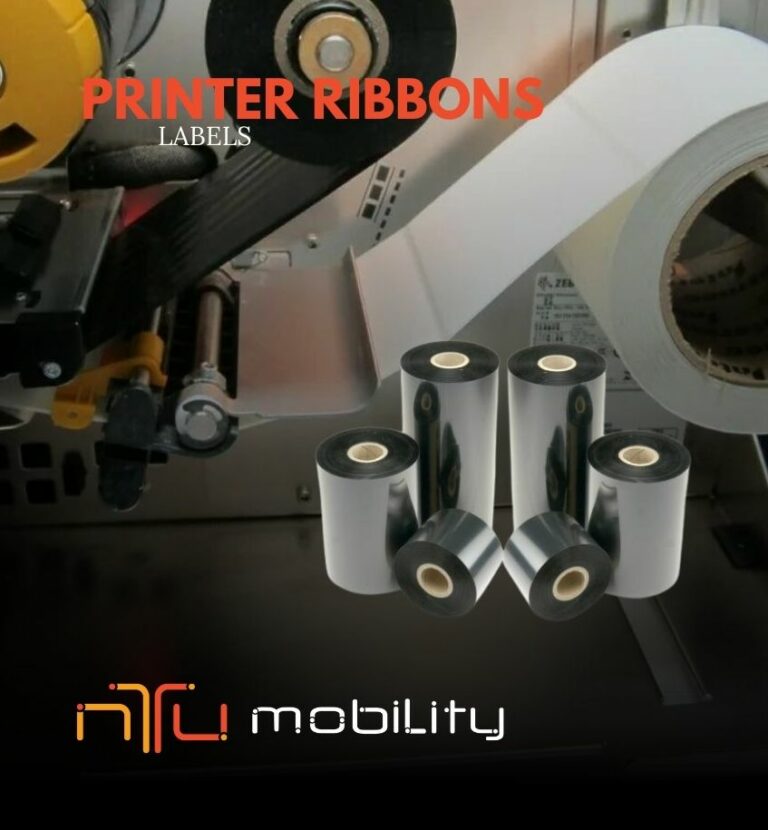As supply chain technology continues to evolve, supply chain professionals need to stay abreast of the latest trends. In 2023, supply chains are expected to become more integrated and automated than ever before. This will enable businesses to better manage their supply chains and improve efficiency.
Here are some of the key supply chain technology trends that InTu Mobility believes will be critical to keep track of in 2023. While your enterprise may not be ready to embrace these leaps in technology yet, understanding them is key. We see a strong potential for market upheaval due to emerging tech in the supply chain space. The enterprises that resist often find it difficult to adjust later on down the road.
Automation will create smarter, more flexible supply chains
Automation is becoming increasingly important for supply chains as it helps reduce costs and increase efficiency by automating tasks such as inventory management and order fulfillment. Technologies such as robotics, artificial intelligence (AI), machine learning (ML) and Internet of Things (IoT) are expected to play a critical role in supply chain operations in 2023.
Automation is a key supply chain technology trend in preparation for 2023. It can help supply chain professionals streamline their processes, reduce costs and improve customer satisfaction. The use of automation technologies such as robotic process automation (RPA) can help supply chains automate mundane tasks such as data entry which can free up supply chain professionals to focus on more strategic tasks that require higher-level thinking and insight.

By leveraging automation, supply chains can become smarter and better equipped to handle the demands of 2023. By integrating these technologies into their supply chains, businesses can increase efficiency while reducing costs. For example, automated supply chain planning solutions can provide real-time insights into demand and supply trends which enable businesses to be more proactive in their supply chain operations.
In addition, automated supply chain solutions can help businesses reduce the risk of supply chain disruptions. Automated systems can monitor supply chains in real time and detect any potential issues before they have an impact on operations.
By leveraging automation, supply chains can become smarter and more efficient in 2023. To prepare your supply chain for the future, start integrating automation technologies today! Contact us now to learn more about how automation solutions can help you optimize operations in 2023.
Analytics will improve insight and help optimize
Big data analytics and predictive analytics will be essential tools for supply chain professionals in 2023. By leveraging these technologies, businesses can gain better insights into supply chain performance and customer trends as well as optimize their supply chains to meet customer needs.
Analytics is essential when it comes to supply chain technology in 2023. Analytics can provide supply chain professionals with valuable data-driven insights into their operations which can help them make better decisions that improve efficiency and reduce costs. Predictive analytics can also enable supply chains to anticipate future supply and demand needs and adjust accordingly.

Furthermore, analytics platforms can provide supply chain professionals with real-time visibility into their operations which is essential for quickly responding to changes in customer demand or supply shortages. By having access to this information, supply chains have the agility needed to quickly pivot and adapt in today’s rapidly changing marketplace.
Finally, analytics can provide supply chain professionals with valuable insights on how to optimize supply chain processes and operations. By leveraging data-driven insights, supply chains can become smarter, faster and more efficient in 2023.
By integrating analytics into their supply chains, businesses can make sure that they are well-prepared for the future of supply chain technology in 2023. Leverage analytics today to ensure that your supply chain is ready for the next decade!
Cloud Computing will reduce cost
Cloud computing technology is becoming increasingly popular in supply chain management because it reduces costs associated with on-premise IT infrastructure while allowing supply chain managers to access data from anywhere at any time. By leveraging cloud computing, businesses can become more agile and flexible while improving the speed of decision-making in their supply chains.
Cloud computing is an essential supply chain technology trend for 2023. Cloud computing can help supply chains reduce their infrastructure costs while increasing resilience and scalability, allowing them to respond quickly to changing needs. Furthermore, cloud technologies such as Amazon Web Services (AWS) and Microsoft Azure offer supply chains access to highly secure, reliable and efficient platforms.
Aside from cost savings, cloud-based supply chain solutions can help businesses gain better insights into their operations with real-time analytics. This enables supply chains to be more agile in responding to demand changes and customer requests. Cloud computing also allows supply chain teams to collaborate across multiple locations in real time. This helps foster better decision making and increased customer satisfaction.
Leveraging the power of cloud computing, supply chains become more efficient and better equipped to handle the demands of 2023. By integrating these technologies into their supply chains, businesses can increase efficiency while reducing costs.
Blockchain will increase security and traceability
Blockchain technology is expected to play an important role in supply chains in 2023. How?
By providing greater transparency and security for supply chain data. By leveraging blockchain, supply chains can become more secure and reliable while also improving trust between supply chain partners.
Blockchain technology is rapidly becoming an essential tool for supply chains in 2023. Blockchain can help supply chain professionals increase supply chain transparency and security. It will also help reduce manual processes, and gain access to more accurate data.

The use of blockchain technology can help supply chains better track their products throughout the supply chain. By providing a secure record of each transaction, supply chains are able to ensure product authenticity and traceability. This helps to protect against counterfeits while increasing efficiency.
Furthermore, the distributed nature of blockchain technology means that supply chain transactions are verified by multiple parties. This is a clear advantage over relying on manual processes such as paper-based documentation. This reduces the risk of errors and frauds while providing a faster way to complete supply chain transactions.
Conclusion
By keeping up-to-date with the latest supply chain technology trends, supply chain professionals can ensure that their business is operating as efficiently as possible in 2023. With the right technology in place, businesses can increase visibility into their supply chains, reduce costs and improve customer satisfaction.
If you want to ensure that your supply chain is ready for the future, start leveraging automation and analytics today!










